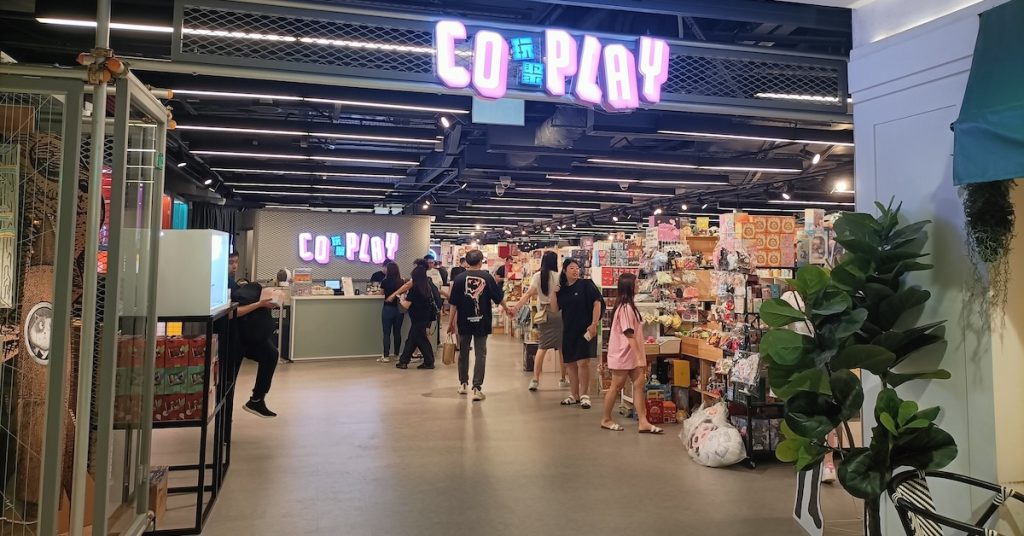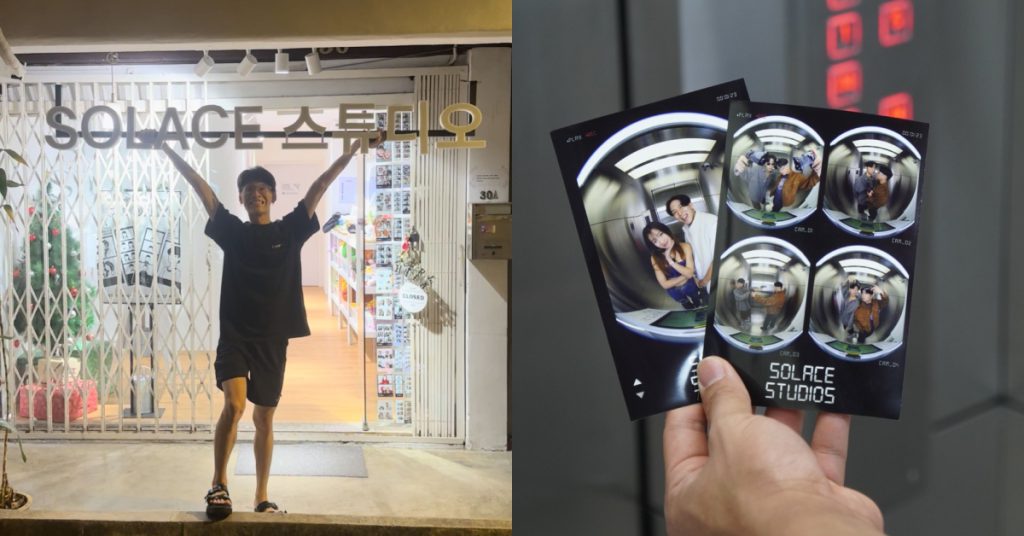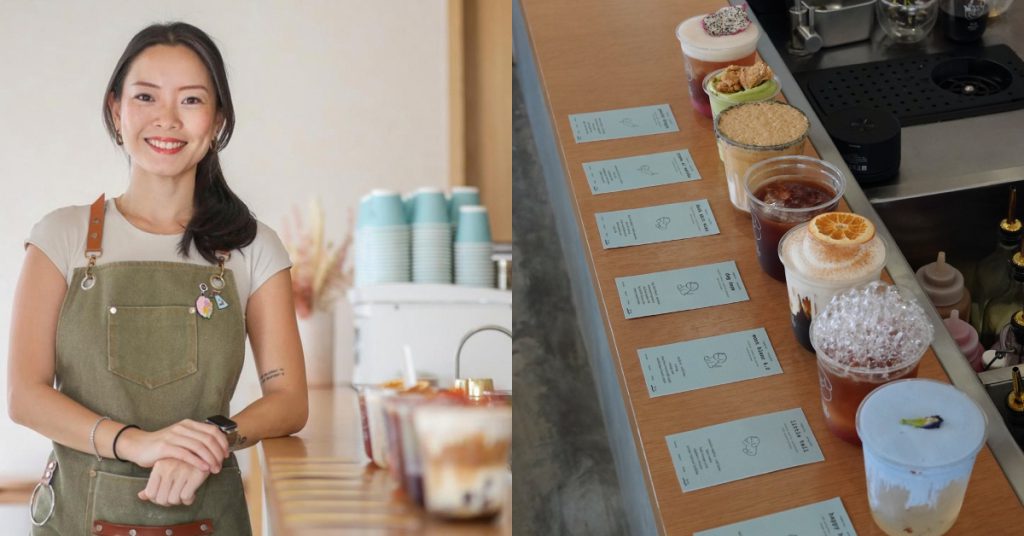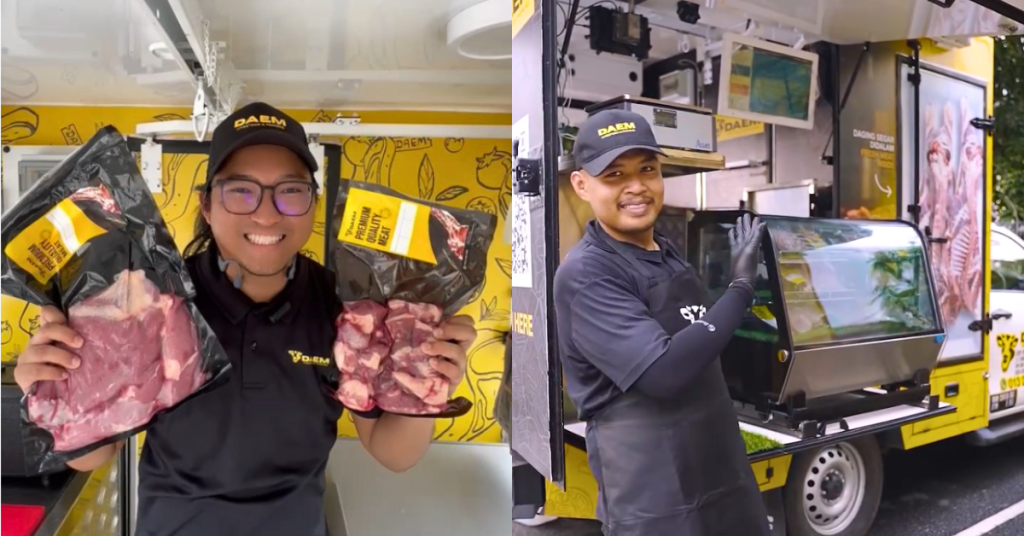I shopped till I dropped, and I ate till I popped.
Despite being known as one of the world’s most expensive cities, Japan ranked high on my ‘to-go’ list, and even higher on my ‘dream-on’ list.
A Singaporean has got to think twice about where he/she puts his/her money right? Cars are expensive, housing prices are rising…even balloting for a HDB flat requires money! So a vacation to a place that ranks even pricier than Singapore would probably have me eating dirt every day for the next 2 years after the trip.
But thanks to my lucky stars and a shrewd travel partner, I managed to knock this ‘to-do’ off my bucket list for less than S$1700 (~ ¥153,000) and with a few extra yen to spare.
So here are some tips if you’re planning a trip to the Land of the rising Sun, or anywhere in particular, actually!
DISCLAIMER: This is NOT a sponsored post. Any organisation mentioned has not paid us to write about them.
1. Don’t Scoot over the real Scoop.
We all know how Scoot Airlines has this thing for good and consistent discounts – there’s a massive sale for every occasion. Chinese New Year, Christmas, Deepavali…not to mention their weekly Morning Glory Tuesdays. So that element of predictability is definitely a major advantage for us consumers. On top of that, they even have random sale periods, held at their whim and fancy.
But the real jackpot lies in the Scoot mobile application.
Just by booking through the mobile application and keying in a 50% off discount code, my partner and I each scored S$300 round-trip tickets!
Granted, the application was a little hard to navigate, especially when it came to the payment page. Blame my fat fingers or a tricky operating system, but I had to re-key in my personal details several times before a successful booking. But for S$300 tickets, I’d re-key my details a million times if I had to.
Of course, as with all other airlines, choosing the right time to travel has a bearing on cost as well – certain days and timings (typically midnight flights) are cheaper. And do take note of the period of travel stated under the terms and conditions.
Unfortunately, discount codes via the Scoot mobile application do not come along very often. But then again, good things are worth the wait. So I strongly urge you to follow them on their Facebook page and subscribe to their mailing list so you won’t miss out.
2. How important is accommodation to you?
I’m pretty particular about my type of accommodation. It needs to have a clean toilet, a hairdryer, and privacy. So you can probably tell I’m a hotel kind of girl.
But for this trip to Japan, I chose to go with Airbnb.
I approached it with skepticism because of all the last-minute-host-cancellation horror stories. But with adequate research on your host via the review pages, there’s really nothing to fear.
I’m sure many of you are already familiar with the mechanics of Airbnb, so I won’t go into that. But I did discover some pretty neat money-saving techniques.
Booking through the referral link from friends or bloggers helped us save S$33 off the total cost of each accommodation. On top of that, booking 2 apartments at 2 separate locations owned by the same Airbnb host scored us additional discounts!
And to save on yet another night of accommodation and facilitate efficient transport from one place to another, we decided to take an overnight bus to our destination.
Another piece of advice – don’t be too quick to dismiss places far off from the main sightseeing spots, because accommodation in these areas tend to be cheaper without compromising the quality of stay — and they tend to offer glimpses into areas with paths-less-trodden. Which brings me to my next point —
3. Tourist-infested or Hidden Gems?
I’m all for hidden gems. A trip to Disneyland or the Shin-Yokohama Raumen Museum is definitely attractive, but really, who wants to hear another been there done that?
I journeyed to Japan because I wanted to see Japan in it’s entirety; not a meticulously curated country put together by the Japanese tourism board as an excuse to charge exorbitant prices on silly souvenirs and food that I could probably get from the convenience store at less than half the price.
And this adventurist’s hankering for all things au natural just means:
- No need to spend on expensive entry tickets
- Get some good shoes on because you are going to be walking…a lot.
Of course, I’m not implying that you forgo tourist locations. If that’s your cup of tea, by all means, go ahead. But I urge you to compensate with brisk walks around the outskirts as well, because therein lies a Japan you definitely won’t read about on Tripadvisor.com.
4. Every explorer’s dream come true – Japan Rail Pass
Behold, our saving grace.
Over the course of 10 days, my partner and I travelled to Tokyo, Osaka, Nagoya, Fukui, Takayama, Kanazawa, and Gifu, where our mainstay places were Tokyo, Takayama, and Kanazawa.
This pass afforded us the luxury of extensive travel. For ¥10500/pax (~ S$117), the Takayama-Hokuriku Area Tourist Pass allowed you to take unlimited rides on several railway lines and certain buses, which would have otherwise cost us a bomb.
You can take a look at this for a clearer idea on the different kinds of Tourist Passes and the cost savings they offer.
You can purchase an Exchange Order for a Japan Rail Pass in Singapore and proceed to collect your Tourist pass (to be used for travel around Japan) in Japan.
5. Make Convenience stores and Supermarkets your BFFS
Now again, this is not everyone’s cup of tea. If you’re a chi chi (and there’s nothing wrong being one) then perhaps you should skip this point. But really, there is no shame in this!
I don’t eat out of convenience stores here in Singapore. In fact, I hardly step into any unless I need to buy a Cashcard. All the sugar-laden slushies and artery-clogging snacks hold no attraction over me.
But those in Japan are unlike any other.
First, I must mention that there are about a million different convenience stores available in Japan. Some off the top of my head are Lawsons, 7-11, FamilyMart and Sunkus.

While the general inventory across all convenience stores is similar, there are particular items that set them apart.
Food-wise all stores sell Onigiri, bento sets, ready-to-eat dishes, and even desserts like pudding and mille crepe. (Mille crepes are approximately S$3 in Japan, yet we pay more than twice that price at LadyM! What blasphemy!)
Certain stores additionally offer perishable items like roasted sweet potatoes, their version of ‘yong tau foo’, and a whole array of buns. I particularly fancy their roasted sweet potatoes, because at just ¥120 (~ S$1.40), this fat, hot, and juicy piece of goodness is well worth the money.
Now, if you aren’t for convenience stores, perhaps you can source for your meals at supermarkets. Just check out our catch of the day, featuring a gigantic piece of Unagi (¥1450, or S$16) and Teriyaki salmon (¥350, or S$4).
This isn’t to say that all we ate for 10 days straight was food out of the public fridge. We patronised street stalls and fish markets and occasionally indulged in restaurants.
And if you’re heading to Takayama, I recommend this Japanese restaurant located in the vicinity of the Takayama train/bus station. It’s called 日本海庄や, or Nihonkai Syoya. We had 5-6 dishes on each of the 2 nights we dined in, and the damage each time was about ¥3500 (~ S$40). I think I pretty much had an ocean swimming in my tummy that night.
6. Be a lean mean shopping machine
Shopping on a budget is all about WHERE you shop. Head to the right places and you are in for a quality (and perhaps quantity) spree.
Here is a list of my recommended shops:
GU

As the sister store of Uniqlo, you can be sure to expect only quality clothing. What you won’t expect are the dirt-cheap prices! Think ¥550 (~ S$6) for a top/bottom, ¥990 (~ S$11) for dresses and shoes, and less than ¥2000 (~ S$22) for a pair of jeans. And their clothes are definitely on trend too!
Do pay attention to any in-store discounts. During my last patronage, just downloading the GU mobile application took ¥500 (~ S$6) off a couple of items under the promotion!
ABC Mart

This shoe store isn’t exactly cheap, but it is cheaper, by a ton. Imagine Nike trainers going at ¥5292 (~ S$60). Housing a selection of mid-range brands – Timberland, Vans, Nike, New Balance, etc. – ABC Mart is a place worth visiting for sneaker afficionados.
Thrift stores

Thrift shops in Japan are a dime a dozen. But don’t go looking for them in glossy malls; they’re typically situated along shopping streets and back-alleys.
I recommend patronizing Mode-Off and the Osu Shopping Street in Nagoya.
Mode-Off has several locations all across Japan, and boasts rack after rack of non-branded and branded apparels, shoes, belts, wallets, and a bunch of other little trinkets for all shoppers. It can get a little crowded in there, so brace yourself!
As the fourth most populous urban city in Japan, you should expect the same bright lights and fast-paced action you get in Tokyo. But it was a pleasant surprise to find Osu Shopping Street a deviation from the norm. It’s a quirky mish-mash of items ranging from kitchenware and kimonos, to street-chic apparel, all at — I daresay — crazy affordable prices.
Giant Stores

If you see a single store spread across multiple levels, chances are, you’ve hit gold. There seems to be a structural quirk circulating in Japan where the number of levels in a store correlates to how cheap the items are – the more the levels, the cheaper the goods!
Donki or Don Quijote is a multi-level megastore known for its wide variety and cheap prices. They sell food, toys, electrical goods, household items, and cosmetics. And the best part is… there’s Tax Refund, which can be done right there and then in the store after purchasing the items. But you have to hit at least ¥5000 (~ S$60) to qualify. Which isn’t difficult, trust me. Girls, stock up on your cosmetics here, and when in doubt…just grab!
Another megastore that proves my structural-economic correlation theory is Takeya — a 9-building store with a total of 42 levels located near popular shopping area Ueno. I didn’t manage to visit this place but you can check out more here.
Trip Breakdown
So as a summary, here’s an overall budget breakdown of our trip/pax:
Travel period: 9th January – 19th January 2015
Return air ticket: S$308.48
Accommodation: S$327.50
Transport Cost (Not including travel on Japan’s local trains): S$302.07
Carry-on cash (Shopping, food, travel on local trains, miscellaneous expenses): S$760
TOTAL: S$1698.05
I must admit that the weak Yen formed the foundation of our cheap trip. But it was careful planning and meticulous spending that made it priceless.
So go quickly, and conquer Japan on a dime!
If you are looking for accommodations at Japan, do check out Agoda for a comprehensive list of hotels.


















